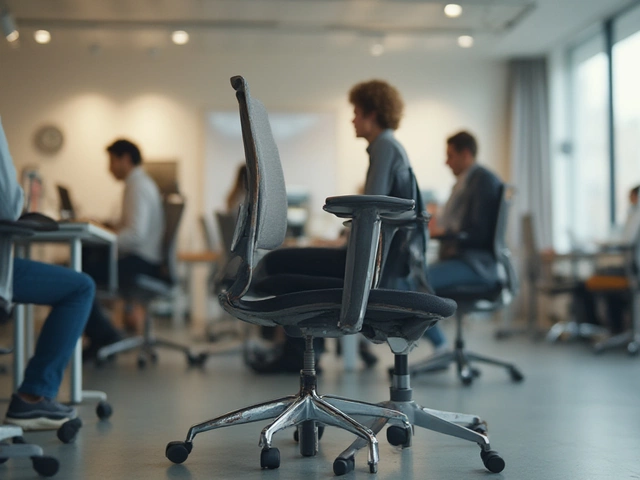Seating Comfort: Find Seats That Feel Great
If you’ve ever sunk into a couch that left you sore, you know how important seating comfort is. It’s not just about looks – a good seat should support your body, let you relax, and last for years. In this guide we’ll break down what makes a seat comfortable and give you easy steps to pick the right pieces for every room.
What Makes a Seat Comfortable?
First, think about support. A comfortable chair or sofa has a balance of firmness and softness. Too firm and it hurts your back; too soft and you sink too deep. Look for cushions that bounce back after you sit – that’s a sign of quality foam or down blend.
Second, pay attention to shape. The seat should follow the natural curve of your hips and lower back. A slight dip in the middle, called a “contoured seat,” helps keep your spine aligned. For sofas, a low back can feel relaxed, but a higher back gives extra lumbar support.
Third, consider the material. Breathable fabrics like cotton or linen keep you cool, while leather can feel warm in winter but may get sticky in summer. If you have pets or kids, a tightly woven fabric or performance leather will stand up to spills and claws.
Practical Tips for Picking Comfortable Seating
1. **Sit before you buy.** Walk into the showroom, take a seat, and stay for at least 30 seconds. Notice if anything feels too hard, too soft, or if the arms are at the right height for you.
2. **Check the cushion density.** Press the cushion with your hand; it should give but also return to shape quickly. A good rule of thumb is a density of 1.8 to 2.0 lb/ft³ for foam seats.
3. **Measure your space.** Too big a sofa looks great in a catalog but can feel cramped in a small living room. Measure the width, depth, and height, then leave at least 2 feet of walking space around it.
4. **Think about usage.** A family TV room needs a sofa that can handle daily use, so durability matters. An office chair should have adjustable height, tilt, and lumbar support because you’ll sit for hours.
5. **Test the armrests.** Arms that are too low force you to hunch; too high make it hard to relax. Aim for armrests that line up with your elbows when you sit upright.
6. **Don’t ignore the base.** A sturdy frame (solid wood or metal) prevents wobble and extends the life of the seat. For chairs, a five‑leg base adds stability, especially if you swivel.
7. **Ask about warranties.** A good manufacturer stands behind comfort. Look for at least a three‑year warranty on cushions and a longer one on frames.
Following these steps will help you avoid the “one‑size‑fits‑all” trap and find seating that truly feels comfortable. Remember, the best seat is the one that supports your body, fits your style, and lasts for years.
Ready to upgrade your home or office? Start by sitting down, testing, and asking the right questions. Soon you’ll know exactly what makes a seat comfortable – and you’ll walk away with furniture you love to use every day.



